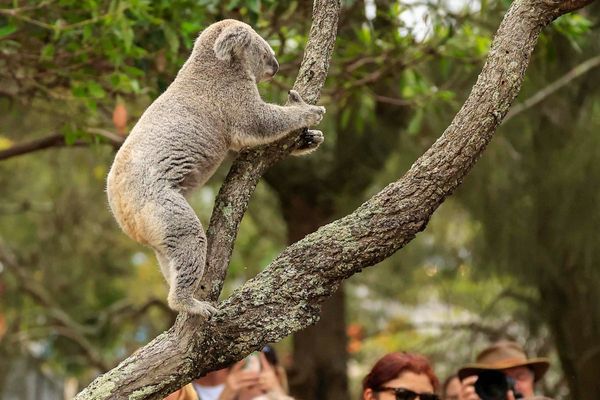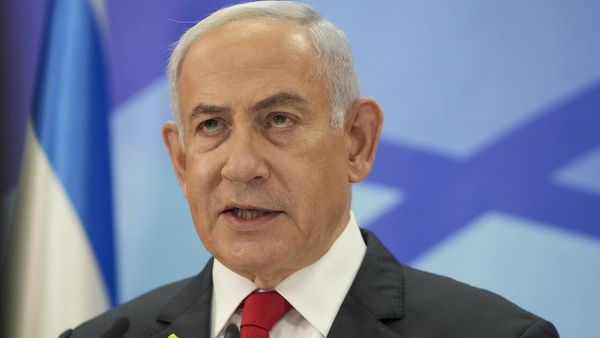
Britain and France are leading efforts to create a European “reassurance force” intended to prevent future Russian attacks on Ukrainian cities, ports and critical infrastructure in the event of a US-brokered peace deal.
The proposal, western officials said, would involve less than 30,000 troops and would be likely to be concentrated on air and maritime defence. Ground forces would be minimal and not deployed near the frontline in the east of Ukraine.
Among the aims of the force would be to ensure the safe reopening of Ukraine’s airspace to commercial flights and to maintain the security of seaborne trade over the Black Sea, critical to the country’s food and grain exports.
Ukraine’s electricity and other utilities have been repeatedly bombed by Russia during the near-three-year war, and maintaining their integrity is also deemed critical to the recovery of the country if the conflict is brought to a close.
It is unclear whether a force that is relatively small in number would be supported by Ukraine, whose president, Volodymyr Zelenskyy, has called for the creation of a deterrence force 100,000-150,000 strong, which involves the US.
However, last week, Pete Hegseth, the new US secretary of defence, said “there will not be US troops deployed to Ukraine”.
The size of European militaries remains modest, meaning that any postwar security effort would have to be in the low tens of thousands and focused on areas of technological superiority.
A precondition of the European plan, however, would also be a US commitment to a “backstop” which, though not spelled out in detail is likely, one official said, to be “biased towards air power and the extraordinary strength we have in air power”. Such operations could be based in Poland and Romania, they added.
Keir Starmer, the UK prime minister, is due to fly out to Washington next week to lobby the US president, Donald Trump, directly and persuade him to agree to providing a backstop that would ensure the European “reassurance force” would not be challenged by Russia in the future. The French president, Emmanuel Macron, is also due to visit Washington next week.
Russia, meanwhile, has said publicly it objects to any Nato country deploying in Ukraine in the event of an end to the war. The Russian foreign minister, Sergei Lavrov, said on Tuesday that Nato forces under any other flag would be “unacceptable to us”.
Western officials emphasised on Wednesday that there was little or no appetite to place European forces in the east of Ukraine, where they could be attacked in Russian provocations, reflecting the policy of the previous three years to ensure there was no escalation of the war into fighting between Nato and Moscow.
“It would be odd,” one said, “to start putting in place something that might mean that you end up in direct conflict between western forces and Russia.”
The effort is described as being at the “concept stage” – the work of militaries trying to draw up proposals that could be approved by European politicians, and ultimately form part of a peace agreement, if Russia and Ukraine are able to accept one.
Ukraine still has stocks of US weapons being transferred to it after decisions taken in the last days of the Biden administration, and for now is considered by the west to be capable of fighting off the Russian invasion for some time to come.
The country’s defence ministry estimates that 20% of its arms come from the US, compared to 55% from its own manufacturing and 25% from Europe. But the US arms tend to be of a higher quality, the experts added.
“Kit is still going in,” an official emphasised. They said there were enough arms available to “keep Ukraine in the fight well beyond some of the conversations about what might emerge in terms of ceasefire negotiations”.







